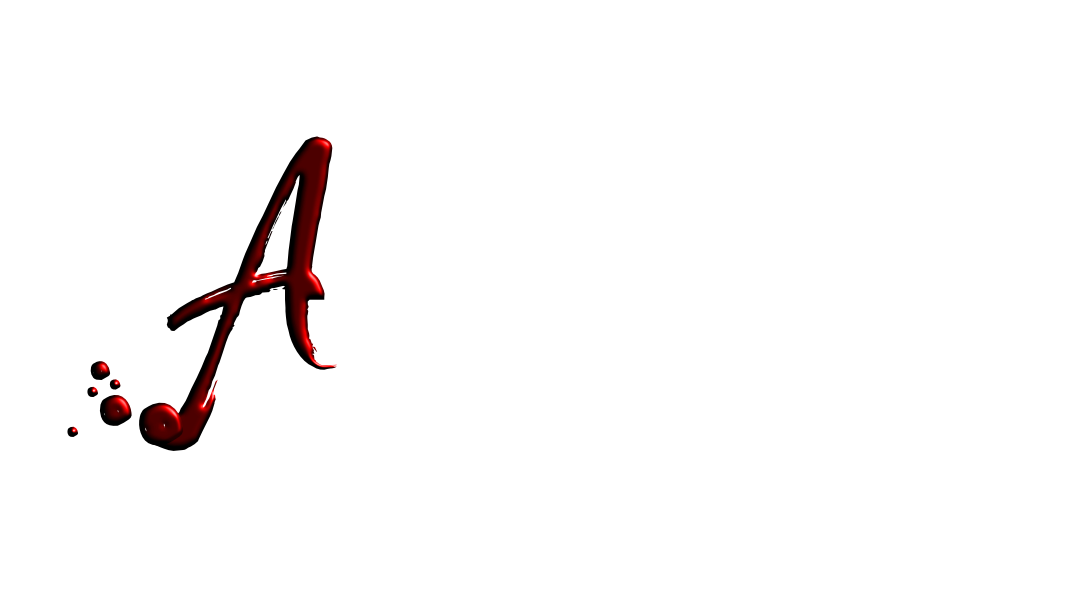Consider the Water Bear…
Hey Team,
It’s rough out there! As an exercise of meditation in these ever changing times, I’ve been dwelling on nature’s most adaptable little fighter: the micro-animal Tardigrade, known colloquially as the “Water Bear” or “Moss Piglet” (because, um, yes). The biggest among them grow all the way to 1.5 mm (!) while newborns are closer to .05 mm. This minuscule creature survived all five of Earth’s mass extinctions and has been found on top of the Himalayas, in hot springs, at the bottom of the ocean, at the equator, and at the poles. Which is to say… everywhere. They are resistant to pressure, temperature, and radiation. Their ability to survive in non-optimal environments is incredible. And in times like these when it feels like someone turned up the heat, aimed a laser, and is lifting up their foot to stomp on us… well, we could all take some inspiration from our resilient little friends.
In nature, adaptability is a hallmark of survival, which happens instinctually, evolving over the course of time, and in the most dire of circumstances. Alaskan Wood Frogs can cease breathing and withstand 60% of their bodies freezing to survive -80 degree Alaskan winters. Cuttlefish change their color and textures to blend into their immediate surroundings, staving off predators. South American Fire Ants can form living water rafts for weeks at a time when seeking new colony destinations. These extreme adaptations, (not to mention those being undertaken to survive current climate changes), are the necessary changes these species undertake in the course of their fight for survival.
As the alpha-most animal on the planet, we are not used to having to be forced to adapt to our surroundings, we are usually the enforcers of the change ourselves. But not this time. Our habitat has undergone a radical change, and though it may feel like we are wildly flailing at times, we do in fact have the capability to adapt to our new environment, be it at home, in our businesses, here, or abroad. Surely if ants can surf and seek for a more survivable stability, we can.
We have been thinking a lot these past weeks about the need for fluidity and such exploration in our own business. Where our primary model is set to serve local small companies and invest in our direct community -- which we are devoted to and will continue to do -- it has become a survival necessity to step outside of that exclusive model, and seek additional alternatives. As other markets are opening ahead of ours, as other businesses around the Nation seek collaboration and new options, we had to come to terms with the fact that adaptation was our most immediate survival option.
What does that look like? Any number of relaunching meetings with staff. Using outer network of family and friends to build new docking stations where we can float our proverbial life rafts, for different types of projects across pockets of time. Using remote tools to their fullest capacity. Adapting in-person seminars to video streaming. Building more companion learning aids, and workbooks... diving into SHRM for every disaster relief update and adapting our materials with new models of inclusion and safety.
Rethinking the new “normal” isn’t just for now. Once we learn to float, to navigate this new climate, we will own that skill and talent indefinitely. Think on this time of change as the capacity to grow your capabilities, the services you are able to offer, the networking you’ve achieved through new mediums and means. Participate in think-tank virtual groups, share and participate in forums, dedicate some of your expertise time to local nonprofits. Think, “open, open, open.” Beyond your doors, beyond your current network.
Ride the wave, Team. We’re here if you need us.
And we’ll see you on the other side.
